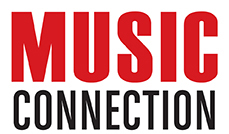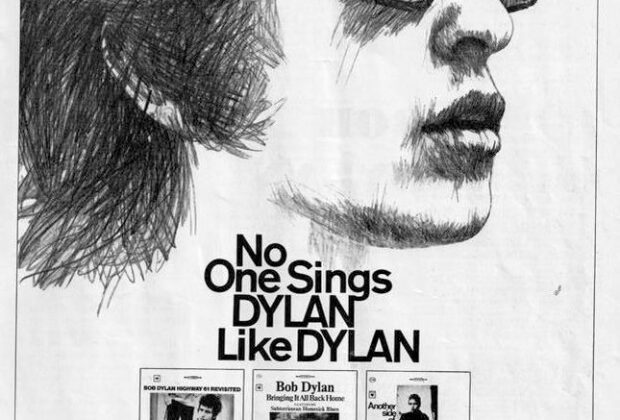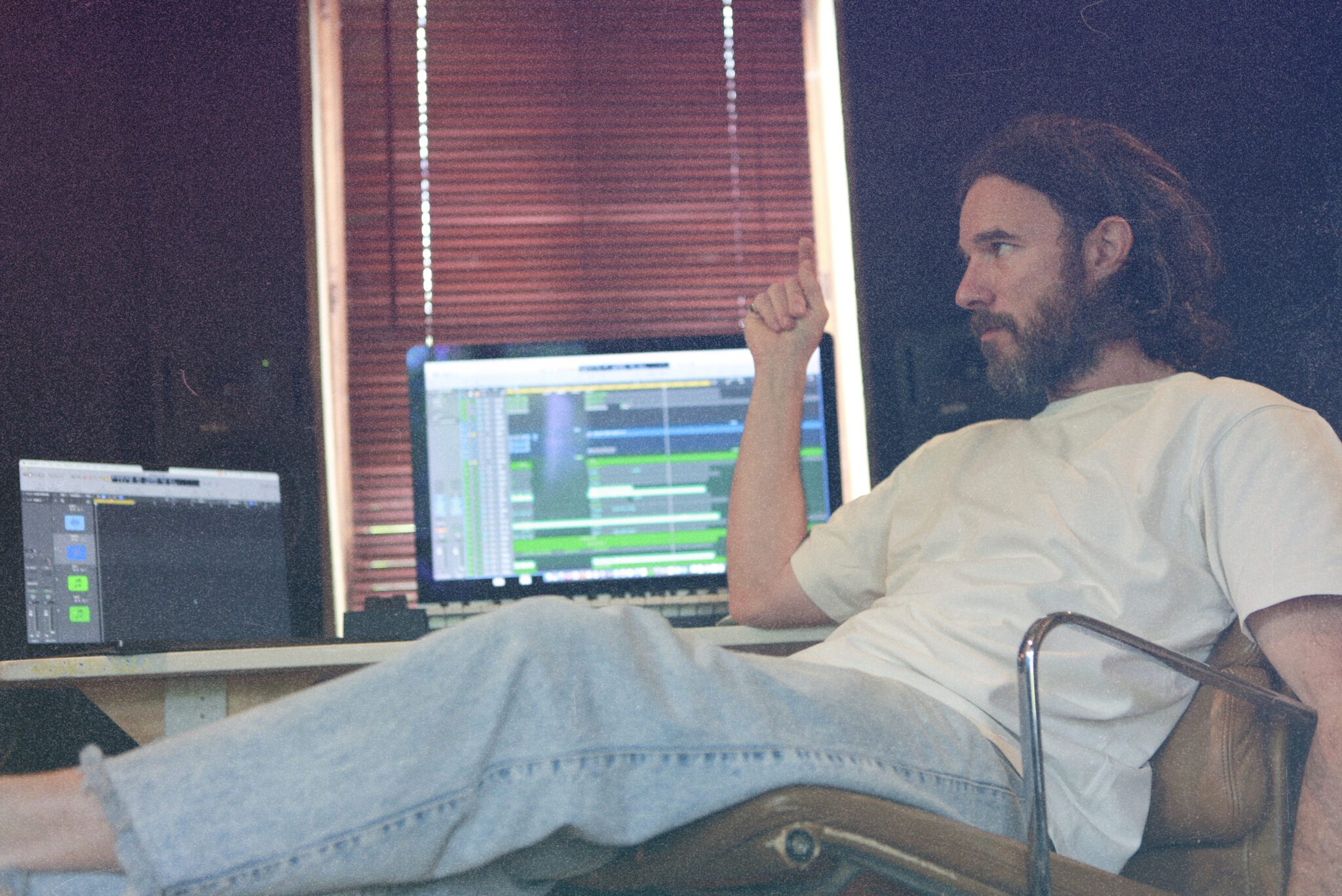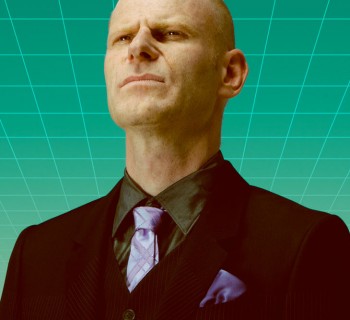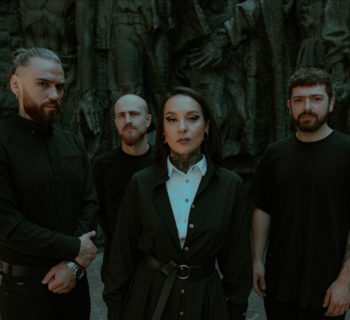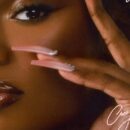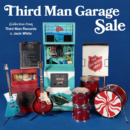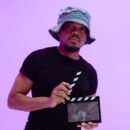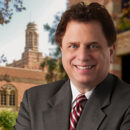In Bob Dylan’s memoir Chronicles Volume One, he described the relationship he felt with the Route 61 that became the title of his sixth studio album for Columbia Records, Highway 61 Revisited.
"Highway 61, the main thoroughfare of the country blues, begins about where I began. I always felt like I'd started on it, always had been on it and could go anywhere, even down in to the deep Delta country. It was the same road, full of the same contradictions, the same one-horse towns, the same spiritual ancestors ... It was my place in the universe, always felt like it was in my blood."
Route 61 or U.S. Highway 61 (U.S. 61) is a major highway in the United States. A 1,400 mile stretch that extends between Minnesota, New Orleans, Louisiana and the city of Wyoming.
Highway 61 Revisited was recorded between June 16 and August 4, 1965 at the Columbia Studio A, New York City. Bob Dylan – vocals, harmonica, guitar, piano, and Acme siren; Mike Bloomfield, guitar; Al Kooper, organ, piano; Charlie McCoy, guitar; Harvey Brooks, bass; Paul Griffin, piano, organ; Frank Owens, piano; Al Gorgoni, guitar; Russ Savakus, bass; Joe Macho, Jr., bass; Bruce Langhorne, tambourine; Bobby Gregg, drums; Sam Lay, drums.
“Like a Rolling Stone,” was produced by Tom Wilson, and the rest of the recording dates were with another Columbia staff producer, Bob Johnston. Roy Halee, Pete Dauria and Frank Laico engineered the sessions.
Daniel Kramer took the cover photo on the front steps at 4 Gramercy Park West, New York City. The LP shipped to rack jobbers and retail outlets on August 30, 1965.
Since 1975, during 2,500 interviews, I’ve asked friends, authors, poets, musicians, record producers, sound engineers, photographers, deejays, and filmmakers about Bob Dylan, “Like a Rolling Stone,” and Highway 61 Revisited.
Al Kooper: When I recorded with Dylan on Highway 61 Revisited it used to be on 799 7th Avenue. And that was Columbia Records and they had the studio in the same place as the offices. So, when moved to Black Rock they then moved the studio further east. So, it was on 49 E. 52nd.
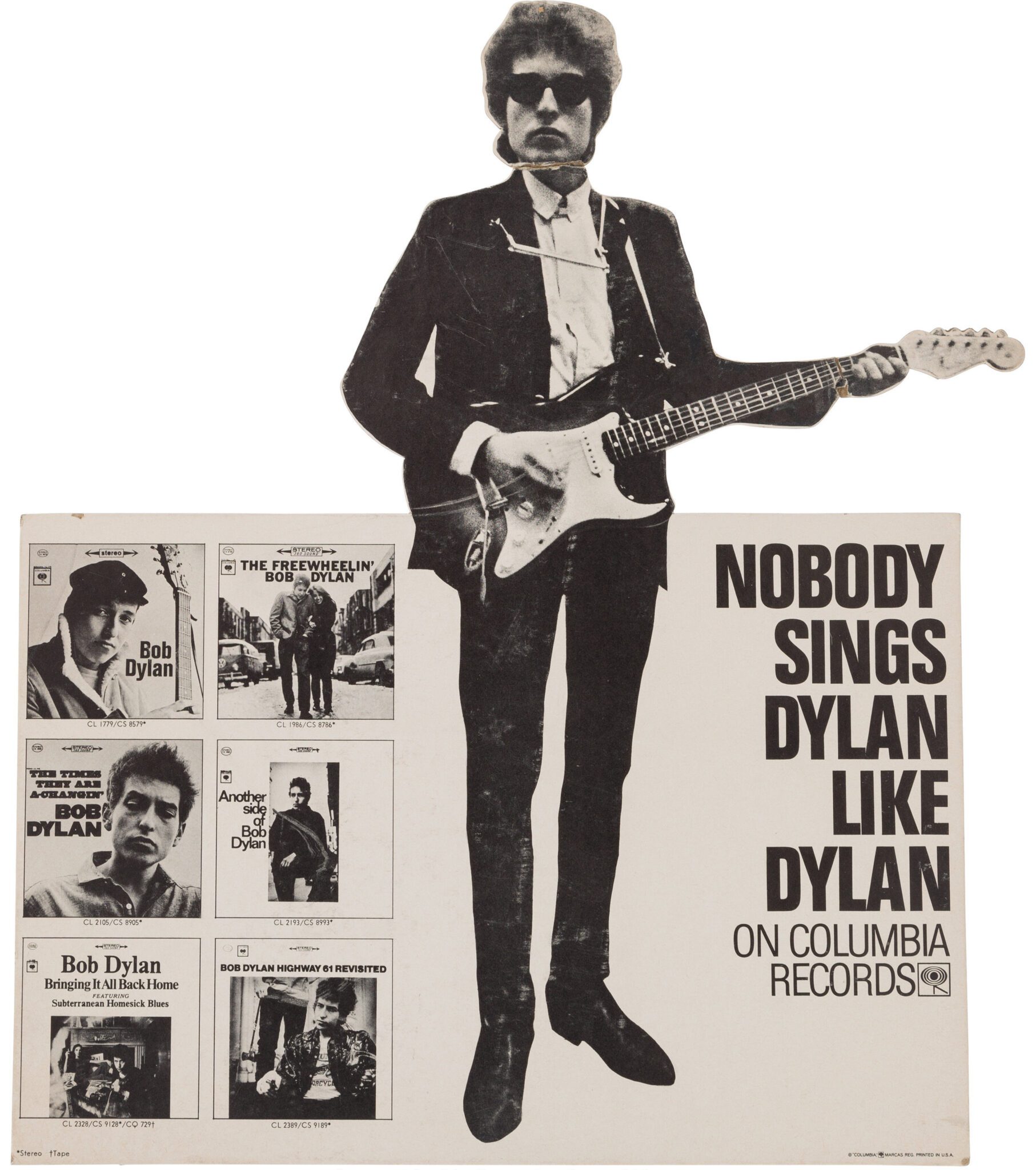
They duplicated the studio on 7th Avenue. There were three studios there. 2nd, 3rd and 4th floor. And, so they could do a lot more sessions. And they had the same monitors and the same gear at every place. In those days they had rotary pots instead of faders that slid up and down. It was very archaic. It was also a union shop. With required breaks every three hours. If you were signed to Columbia, you couldn’t record at any outside studio.
Tom Wilson was a wonderful guy. I used to cop Dylan acetates out of his office. I was a bad boy. He gets overlooked in history. So does John Simon. Tom earlier worked for Savoy Records. He was a very bright and high-class guy.
He was like "What’s happening man?" That kind of guy. But you knew he was bright and he talked about very erudite things, and he really saved my life that day on that Dylan “Like a Rolling Stone” session.
Because, he could have … I went to him and said, “Man, let me play the organ.” They had just moved Paul Griffin from the organ to the piano. And I went over to Tom Wilson, and I was invited just to watch, you know. And I said, “Man, why don’t you let me play the organ? I got a great part for this.” Which was bullshit. I had nothing. And he said, “Man … You’re not an organ player…”
And then they came to him and said, “Phone call for you Tom.” And he just went and got the phone. And I went in to the studio and sat down at the organ. He didn’t say no. He just said I wasn’t an organ player. OK.
That was the moment he could have just thrown me out and rightfully so. And you know what? He didn’t. And that was it. That was the beginning of my career. Right then and there. That studio dialog is documented. Wilson is the guy who invited me to the session first of all, which is really nice. You didn’t get invited to Bob Dylan sessions, you know, especially if you were a nobody like I was. And there it was. There was the chance he had to toss me, and it would have reflected back on him because he had invited me to the session.
Michael [Bloomfield] and I met on the “Like a Rolling Stone” session. I had read about him in Sing Out magazine, and saw a picture of him where he looked a little more rotund then, he was when I met him. His brother says he was a fat kid growing up. So, we met on the “Like a Rolling Stone” session and really hit it off. So, we played together on that.
I was supposed to play guitar on that record. I packed up my guitar when I heard him warming up. It never occurred to me that somebody my age, and my religion could play the guitar like that. That was only reserved for other people. It never even occurred to me that that was an option for someone my age and my color. I had never seen that, or heard that up to that day.
On the Highway 61 Revisited interactive CD put out a few years ago, they have the multiple takes of "Like a Rolling Stone," and on there you can hear Tom Wilson, “OK. This is take 7. Hey! What are you doing in there?” Then you hear me laughing, and that was the moment he could have just thrown me out and rightfully so. And you know what? He didn’t. And that was it. That was the beginning of my career, right then and there. That studio dialog is documented. I was waiting to see what chord they were going to do. There was no music or lead sheet, or anything. I was just playing by ear and I didn’t want to be the one making a mistake because I was doin’ like a rebel run there. But anyway, we played together on that session, and the rest of the Highway 61 Revisited album. I brought bassist Harvey Brooks into that session as well.
Bloomfield … So, that pretty much ended my guitar playing by and large.I said, “Well OK, he’s as old as me and he can play like that. I’m never gonna be able to play like that. Thank you, goodbye.” And, I ended up playing organ on that record, and then I became a keyboard player really that day. So, it was a damn good thing because, you know, that was competition I couldn’t deal with.
Paul Griffin was a big influence on me as well! Paul came from the Baptist church. On Highway 61 Revisited we did the tracks to “Tombstone Blues” and “Queen Jane Approximately” in one day.
Paul Griffin on piano was so brilliant. He plays amazing things. And the thing that is really eye-opening about it, are the drums. Bobby Gregg, who had a hit record with "The Jam." Besides Michael’s playing, you can really hear the drums of Bobby.
No one talks about Bob Dylan’s piano playing because they don’t know. Bob had a very unusual way of playing in that he didn’t use his pinkies. So, both his pinkies were up in the air when he played the piano. And very interesting to me. It was very interesting looking to watch that. I used to really kick a kick of that.
Fred Catero: I was a Columbia Records studio staff engineer from 1962-1972. I started as a mixing engineer. Roy Halee did most of the rock stuff. John Hammond introduced me to Dylan. I worked with producer Tom Wison on Dylan [1964 and 1965] sessions, and later for Leonard Cohen, Big Brother & the Holding Company, the Chambers Brothers, Blood, Sweat & Tears, and Al Kooper.
The head of Columbia engineering, Eric Porterfield, designed all-tube hand-built consoles from the former radio rooms. Columbia studios had a custom Ampex 8-track, a live chamber and Altec Lansing A7 speakers. “The Voice of the Theatre.”
For microphones I used a Neumann U47 and maybe a SM57 on lead vocals.The studios had great natural echo, reverb, and leakage. You wanted that. In fact, it added to the drama. I knew the rooms and where the best place was for piano or bass or the singer. I used two Neumann mikes. One for the guitar which I aimed at an angle down, so it’s not picking up too much voice, and then the vocal mike, not in front of him, almost where the same mike is for the guitar is facing upward. ‘Cause they tend to look down anyway as they play.
I had worked with Mel Torme. I mixed The Tender Land opera (and music) by Aaron Copeland. So, there was a variety of people I had to deal with. I knew concepts of chamber recording.
I did some work with producer Bob Johnston at Columbia. He was blasting the music so loud and saying, “Turn it up!” And I got to the point where I said, “Here’s the volume button. Close the door when I leave the studio control room. Turn it up as loud as you want. But wait ‘till I get outside since I have to make my living with my ears. I can’t risk it.”
I remember him saying once, “Damn it! If I don’t feel it in my chest I can’t tell if I have it. It’s there.” He used the actual pressure to his chest on his body and able to analyze.
James Williamson: Where do I start about Bob Dylan’s “Like a Rolling Stone”? I was in 8th grade when I first got excited about Bob Dylan and in quick succession his annual releases. By the beginning of 10th grade, I had been sent to juvie (for not cutting my hair) and once out was sent to upstate New York to a boarding school for fuck ups … by then I was so enamored with Bob Dylan, that I actually went out to the highway outside the school and stuck out my thumb trying to hitchhike my way to Woodstock where he lived. Sadly, a guidance counselor happened by and shortly I was asked to leave the school and was back in Detroit. Bob Dylan had that effect on people! The following year, “Like a Rolling Stone” came out and shattered my musical world. Not only was the song writing par excellence but the guitar work of Mike Broomfield just blew me away (shortly to be followed by The Paul Butterfield Blues Band initial release). I was never the same.
Mark Sebastian: When I heard “Like a Rolling Stone” and later Highway 61 Revisited, and read the liner notes on the back cover, that was the album where we all started smoking pot. I met Dylan once on Washington Square, blocks from the Gaslight Cafe, where I was opening for Dave Van Ronk, as Bob had, years before.
We also had the Hammond family in common, since I was spending a lot of time at my friend, John Hammond Jr.’s loft. My parents were close friends with the Hammonds. My father [musician, composer and master of the classical chromatic harmonica] had performed often at Cafe Society, as had Billie Holiday, whom Hammond Sr. had discovered. John Hammond signed Dylan to the label, and also took me into the Columbia studio A and I did some demos with him. It was the same room the Lovin' Spoonful recorded "Summer in the City." I was at a couple of the sessions.
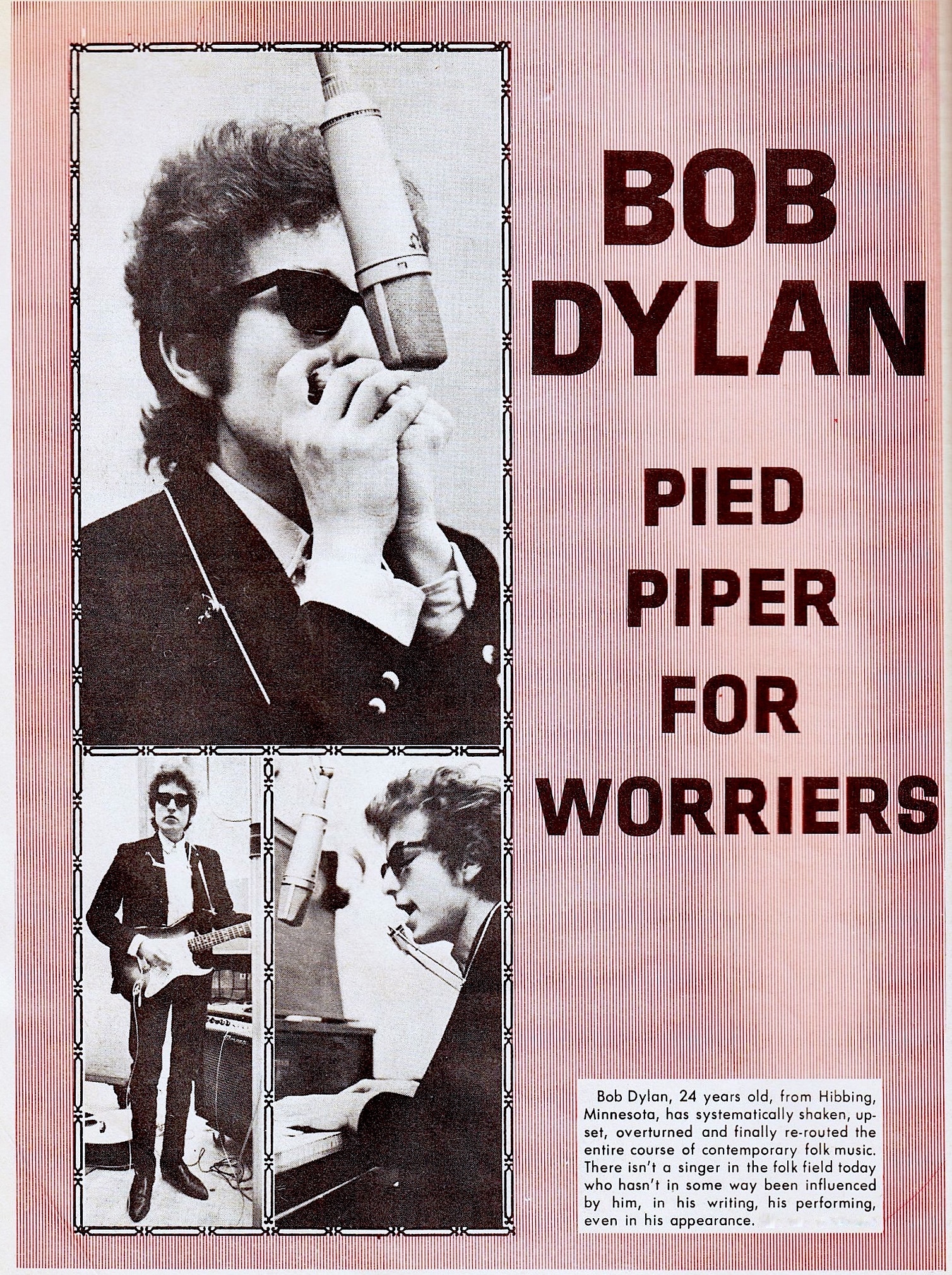
Robby Krieger: I loved Dylan’s Highway 61 Revisited album. I loved Michael Bloomfield’s guitar playing on that album and loved Bloomfield on the first Paul Butterfield Blues Band album.
Bloomfield was my favorite for a while. To me he was the first white guy who could play blues better than the Black guy. I liked East-West, the second Butterfield band LP, but the first one, oh my God … I wore the grooves out. He could play harmonica and I got to know him later in life. I was really excited when we signed to Elektra and Paul Rothchild was going to produce our first album and he had produced Paul Butterfield.
Steven Van Zandt:When I heard "Like a Rolling Stone" as a kid, that was the first time Dylan meant something to me. All of a sudden, wow! This was something different, new, and interesting. I tuned in for Highway 61 Revisited and then Blonde on Blonde, which I think is the greatest record anyone ever heard.
I talk a lot about [Michael] Bloomfield on [Little Steven’s "Underground Garage"] radio. Oh, my God: one of the greats, the single most unsung guitar hero. Really, [Bloomfield is] right there alongside the holy trinity of [Eric] Clapton, [Jeff] Beck, and [Jimmy] Page. Probably next in line, as far as influence and importance.
Bob Dylan is in heavy rotation in the Underground Garage, no question about it. I tend to play more Highway 61 Revisited than Blonde on Blonde, only because the songs are shorter [laughs]. That’s a factor with me. I will make exceptions for Bob [laughs]. Generally speaking, I like to keep songs short and keep them coming.
The Byrds introducing him to the world, really, with "Mr. Tambourine Man," was a major factor. I can’t give them enough credit for that. I don’t know if Bob Dylan would have been accepted at Top 40 radio if it hadn’t been for “Mr. Tambourine Man.” I mean that. That gang has been a great service to the world. I was a huge Byrds freak. Still am. As you know, they lead you to Bob. I’ve played Dylan’s songs with Bruce and in Top 40 bands earlier.
Roger McGuinn: In the Byrds I had to play lead lines with a flat pick so I started combining the two styles by having a flat pick between my thumb and fore fingers and moving the finger picks down one to middle and ring finger and then doing those banjo rolls like that. That’s how I did my arpeggios in the Byrds like “Turn Turn Turn,” the jingle jangle sound.
In the Byrds we used a lot of electronic compression on the Rickenbacker and it gave it a sustain that it didn’t have as a natural instrument. That was a really important thing.
A funny, ironic story about how that came about, Ray Gerhard was the engineer at Columbia Records when the Byrds started recording. And at the time Columbia was a middle of the road record label, and they were scared of rock ‘n’ roll. So, Ray, to protect his precious equipment would put limiters on everything, compression, and double compress it for the Rickenbacker, and that is what gave it the wonderful sound. When I heard the sound for the first time, I could not believe we had done it. It knocked me out.
At the time I was on the band track with the Local 47 Hollywood Musicians Union guys, and that was fun. We did the vocals, and it was all different parts. But when it all came together on the playback it was bigger than the sum of its parts. I couldn’t believe we had done it. It sounded so creamy, rich, big, and full.
Well, I did engineer my vocal, but it wasn’t to match the Rickenbacker but to get between John Lennon and Bob Dylan’s vocal. I wanted to try and hit that niche there between the two of them.
We sang together well. I give the credit to Crosby. He was brilliant at devising these harmony parts that were not strict third, fourth or fifth improvisational combination of the three. That’s what makes the Byrds’ harmonies. Most people think it’s three-part harmony, and its two-part harmony.
Dylan’s stuff is brilliant. I coined the term that he was the “Shakespeare of Our Time.” It was like knowing Shakespeare here. Dylan was carrying on Kerouac and Ginsberg. The baton had been passed. I remember Ginsberg said “I think we’re in good hands.”
Andrew Loog Oldham: I worked as a press agent for the Beatles, Chris Montez, Bob Dylan and the Little Richard/Sam Cooke/Jet Harris 1962 tour before I met the Rolling Stones in 1963.
I worked for fashion designer Mary Quant in 1960 when fashion was the pop business — the only pop Britain had.It was a time when American Cinema gave us hope and attitude, and the pill gave us time and disposable income.
In 1963 I managed to score some press for the still-unknown-folk singer in England. I was doing PR in January '63 and bumped into manager Albert Grossman at the Cumberland Hotel, Marble Arch. His client, Bob Dylan was in London to play a minor role in a BBC2 television drama, Madhouse on Castle Street. He would eventually perform two songs: “Blowin’ in The Wind” and “Ballad of a Gliding Swan.” [It was broadcast on January 13, 1963].
It was written by Evan Jones and the director was Philip Saville. I got a “fiver” for ten days of work. I managed to get Dylan into Melody Maker. Thanks to Max Jones or Jack Hutton. They were doing me a favor-Nobody else cared…
Dylan and Grossman were very happy together. They acted like they knew something we didn’t know yet. Grossman also managed Peter, Paul & Mary.
In a different realm it was like being in a room with Dylan and Grossman. There was this conspiratorial thing that was so powerful; you knew it had to work. Mother was wrong. I had not had to get a regular job. I was having the time of my life. And then I met the Rolling Stones and said hello to the rest of my life...
I'd always regarded Sam Cooke and Elvis Presley, and later Bob Dylan as the real self-producing artists of the era. Sinatra and Bing Crosby had to be the Guv'ners - Keith Richards and I got to watch Mr. Sinatra record, that was an education in form and producing thyself — to know thyself and how to dress yourself in sound, song and polish every word so that it belongs. It places you above anything that can be deemed the A&R domain.
Dylan did look back. He looked back at the Beatles and the Stones, went hmmm, went into the studio and changed the goal posts.
Ian Hunter: It’s no secret that I’ve always acknowledged Bob Dylan as one of my heroes. I sang a portion of "Like a Rolling Stone" at the audition for [Island Records talent scout] Guy Stevens before we were named Mott the Hoople.
I took Mick Ronson down to the village. He’d never been there before. We went an all hell broke loose. Dylan was playing next door in a little café. Forty people in the room. He performed what was to be the Desire album. It was great. There he was. What an electric night!
Dylan recognized me when Bob Neuwirth told him who I was. We were introduced, and Dylan started jumping up and down saying “Mott the Hoople. Mott the Hoople.” Here I was talking to Dylan, and I thought he didn’t like Mott the Hoople by the way he was acting. I didn’t need this shit mocking me. But then he turned round and said, “No. man, I dig Mott the Hoople! ‘Half Moon Bay,’ ‘Laugh At Me.’”
The two artists I grew up with, Bob Dylan and the Stones (Mick Jagger) were both limited singers. But Jagger was the sexiest singer in the world, and Dylan would make your hair stand on the back of your head. Because his voice was so lousy. That’s the truth.
I’ve got a lousy voice, and so have Randy Newman and Leonard Cohen. But it doesn’t really matter. I’m conscious of not being a good singer, but that’s just in your throat. I think we all get the message across.
When Dyan got ill a few years back, I was in England, and it hit me like a ton of bricks. I couldn’t believe it. I hardly know this bloke, you know what I mean? ‘Cause at first, they didn’t know what it was.They thought he was seriously ill. I’m like, “Oh my God!” I’ve had people die on me. A lot of people died. That really shook me up. I seem to have very strong feelings in another way, a deeper way with that guy. A lot of people do, you know.
Patti Smith: I saw Bob Dylan right before he went to England (in 1966). I was really lucky. I saw him in 1963 when Joan Baez introduced him. I saw him through various changes. Then when he started wearing a jump suit, this lion-like hair and had a band, The Hawks, behind him. I saw him booed by the people even though he was really great.
When I hear that Live 1966: The Royal Albert Hall concert album, I see him in my head because I can remember when he sang “Visions of Johanna” acoustically for the first time. He said, “This song is called ‘Seems Like a Freeze-Out.’” He didn’t have that title, you know. So, when I listen to that record it’s almost like a visual experience for me.
Jackson Browne: What Bob Dylan did for me, everybody and our generation it will never have to be done again. The way he opened up our thinking and our feeling and our view of the world only has to be done once. Maybe it’s done in other fields like film and painting and other art. As a people we’re constantly growing, expanding but the changes that Bob Dylan brought to rock and roll and songwriting are permanent. They’re part of us. People who are just being born into it now are being born into a world that wasn’t that way until Bob Dylan made it that way. It’s a particular skill to write something in a few words that speaks volumes. It is very difficult to say how I feel and how I think about Bob Dylan in a few words.
